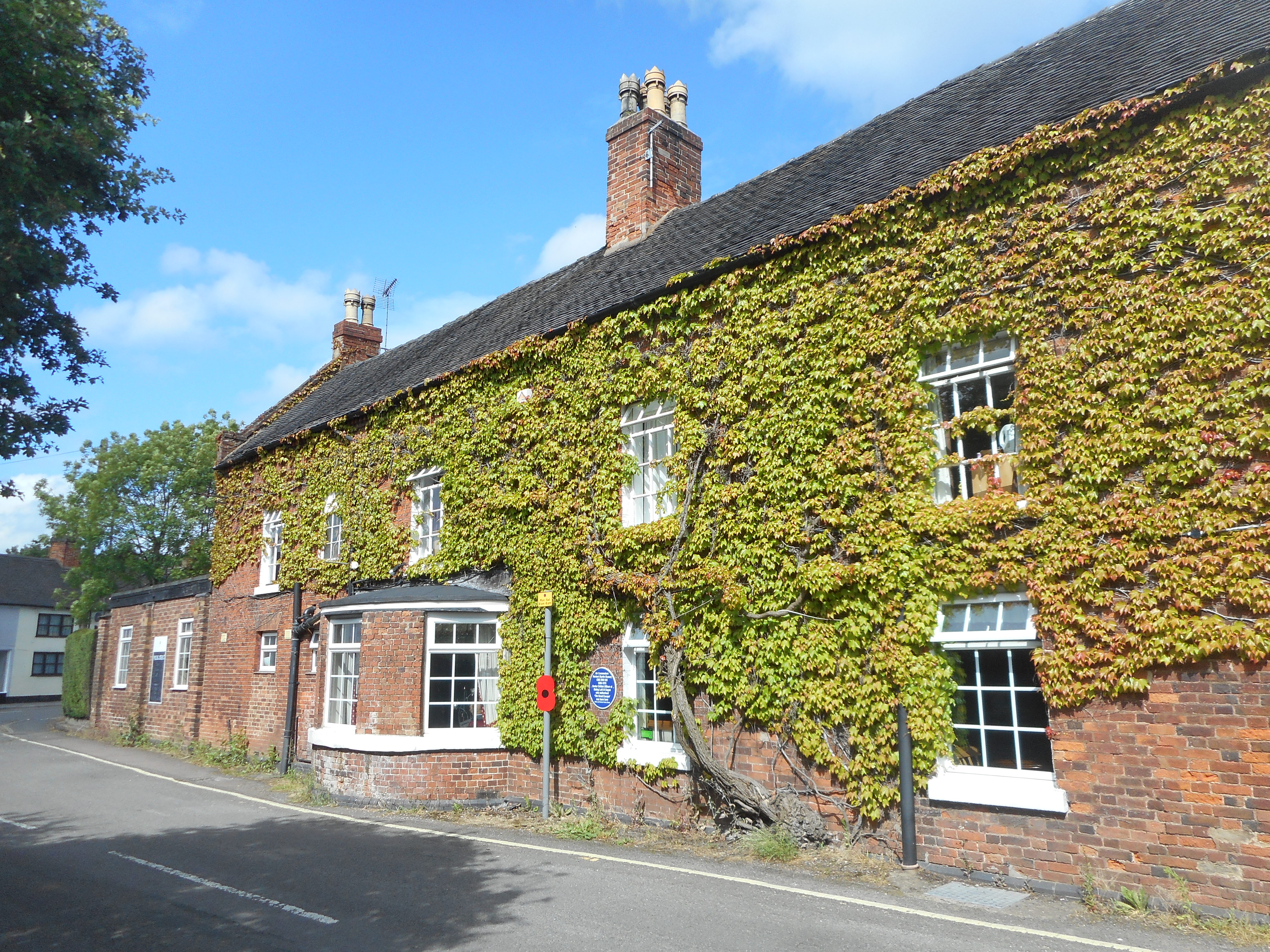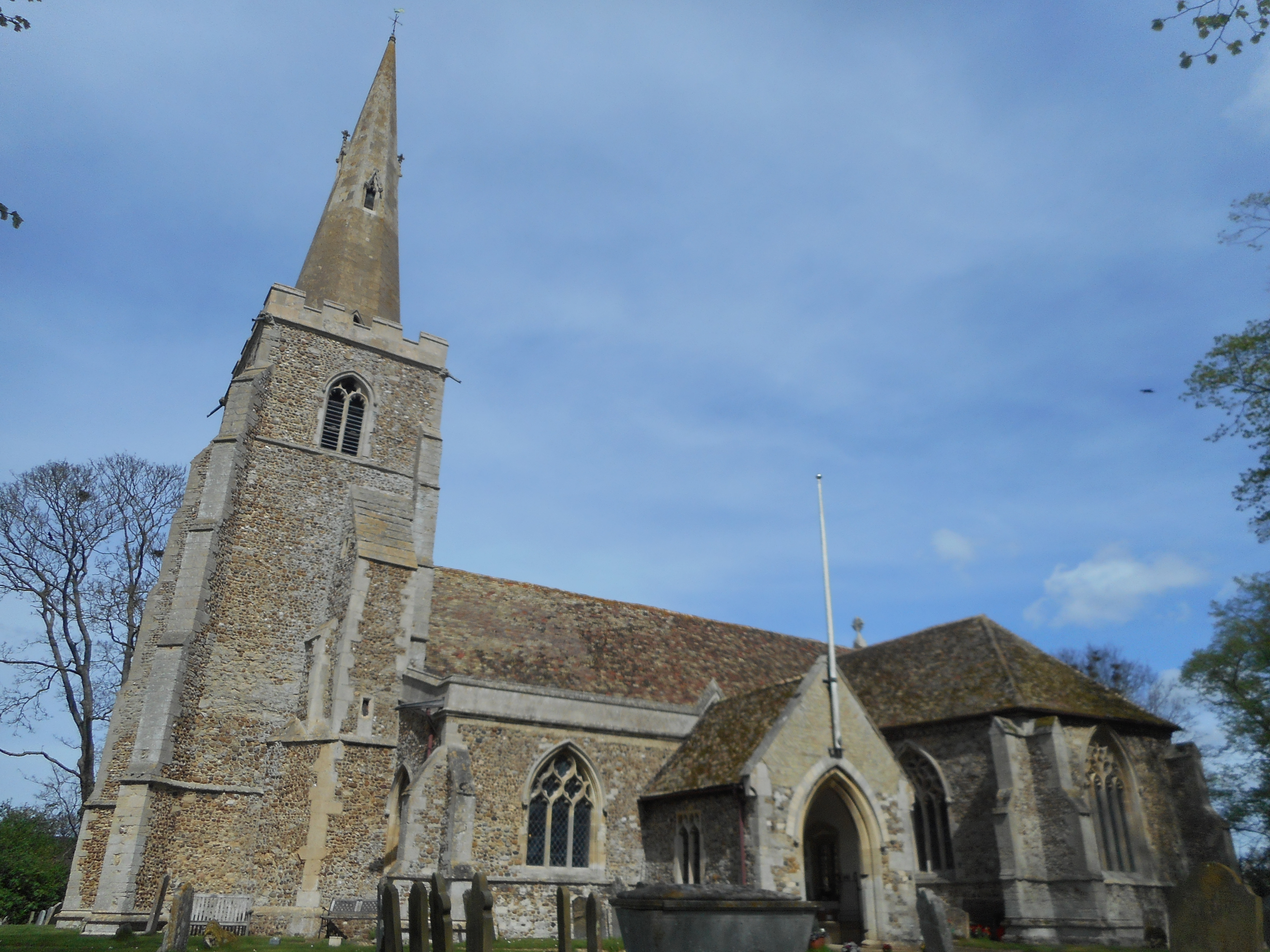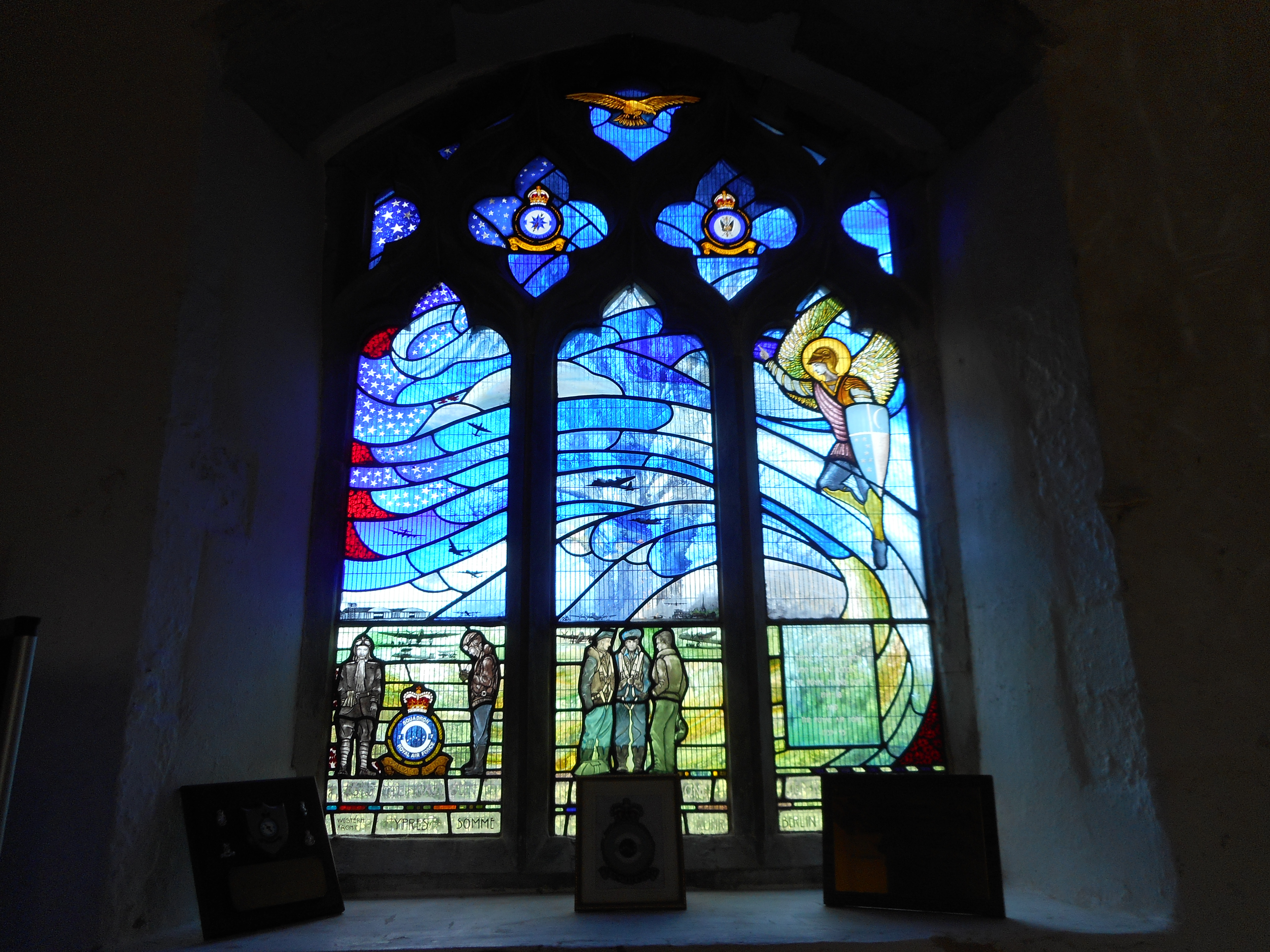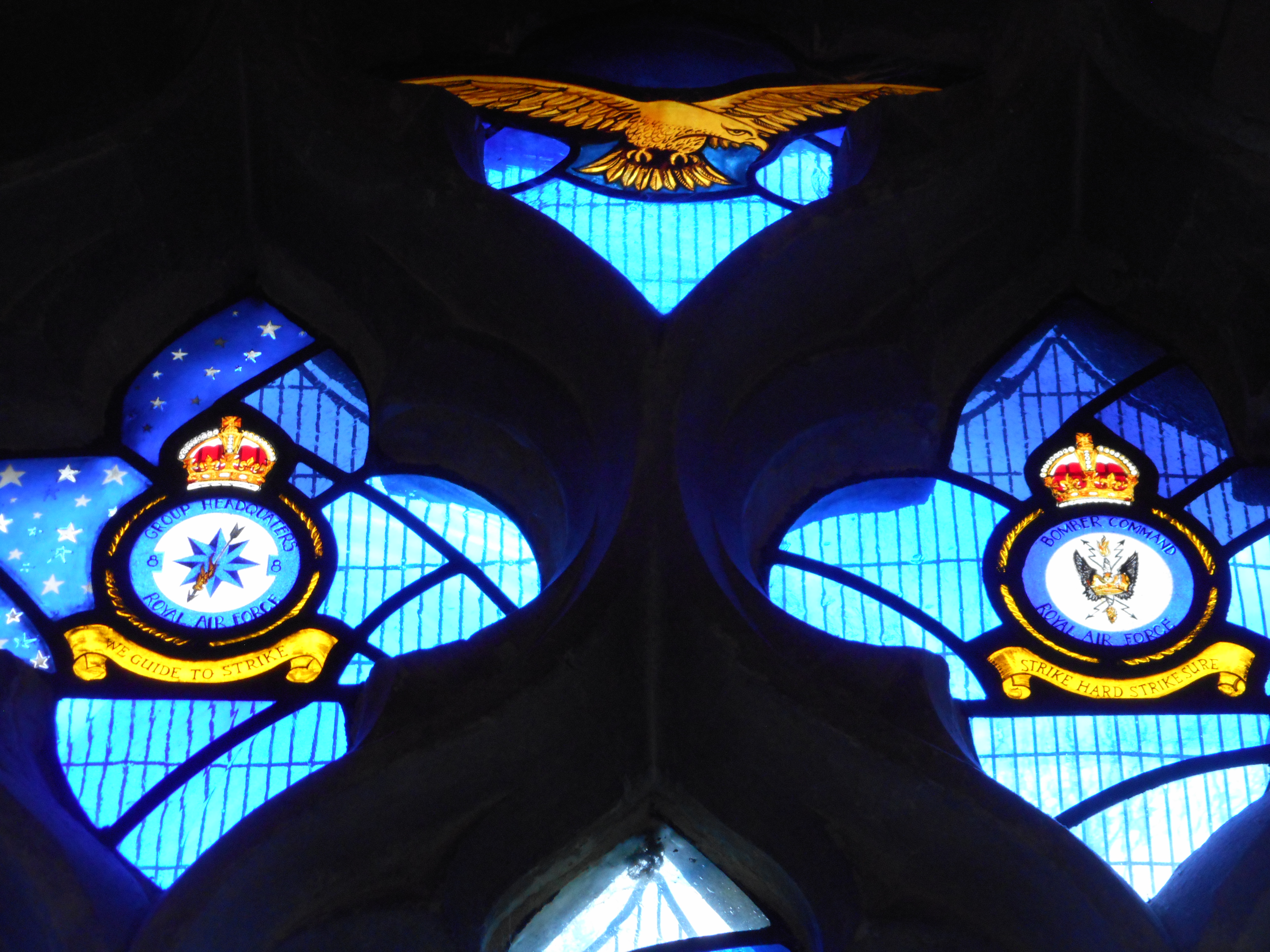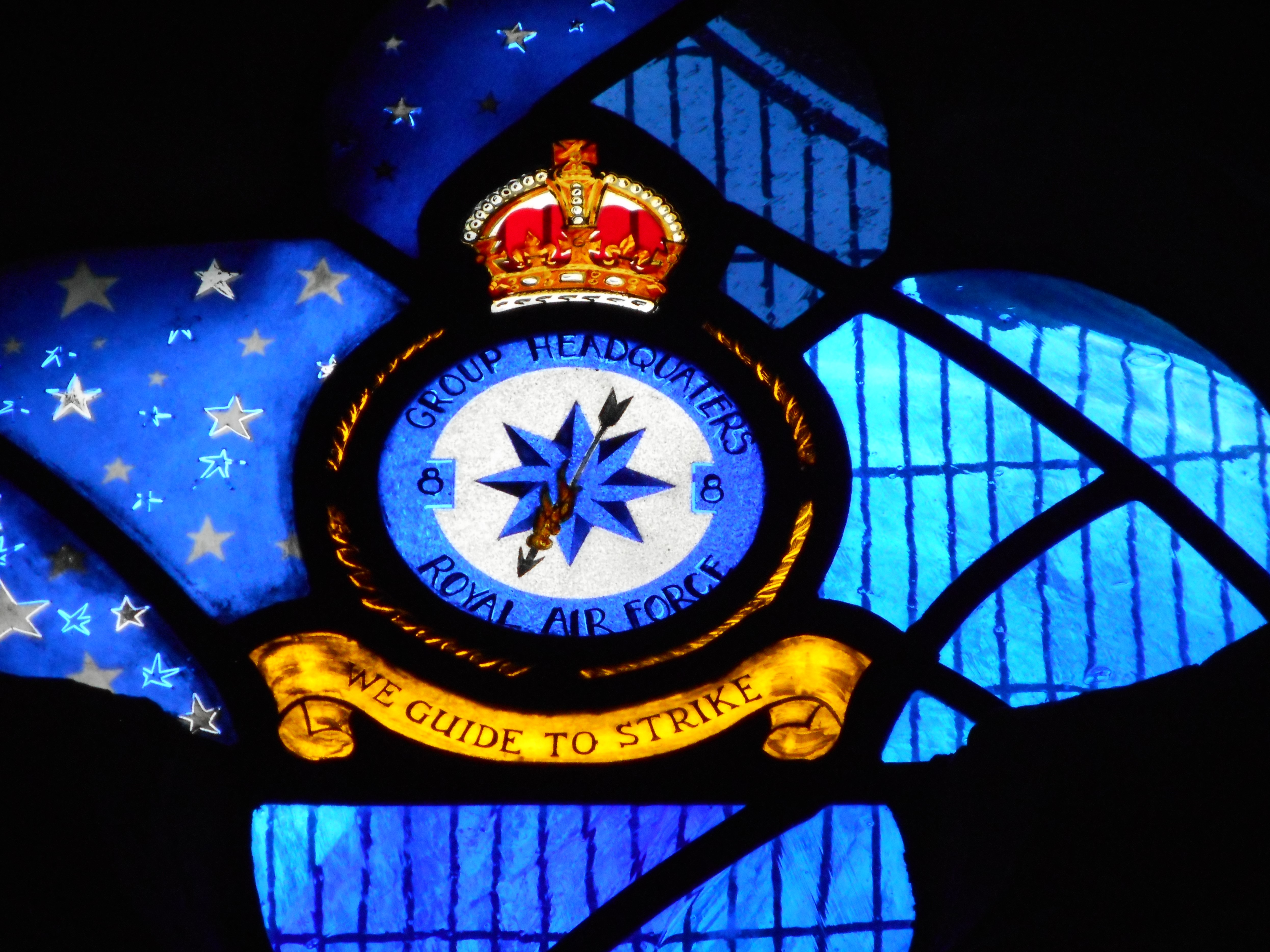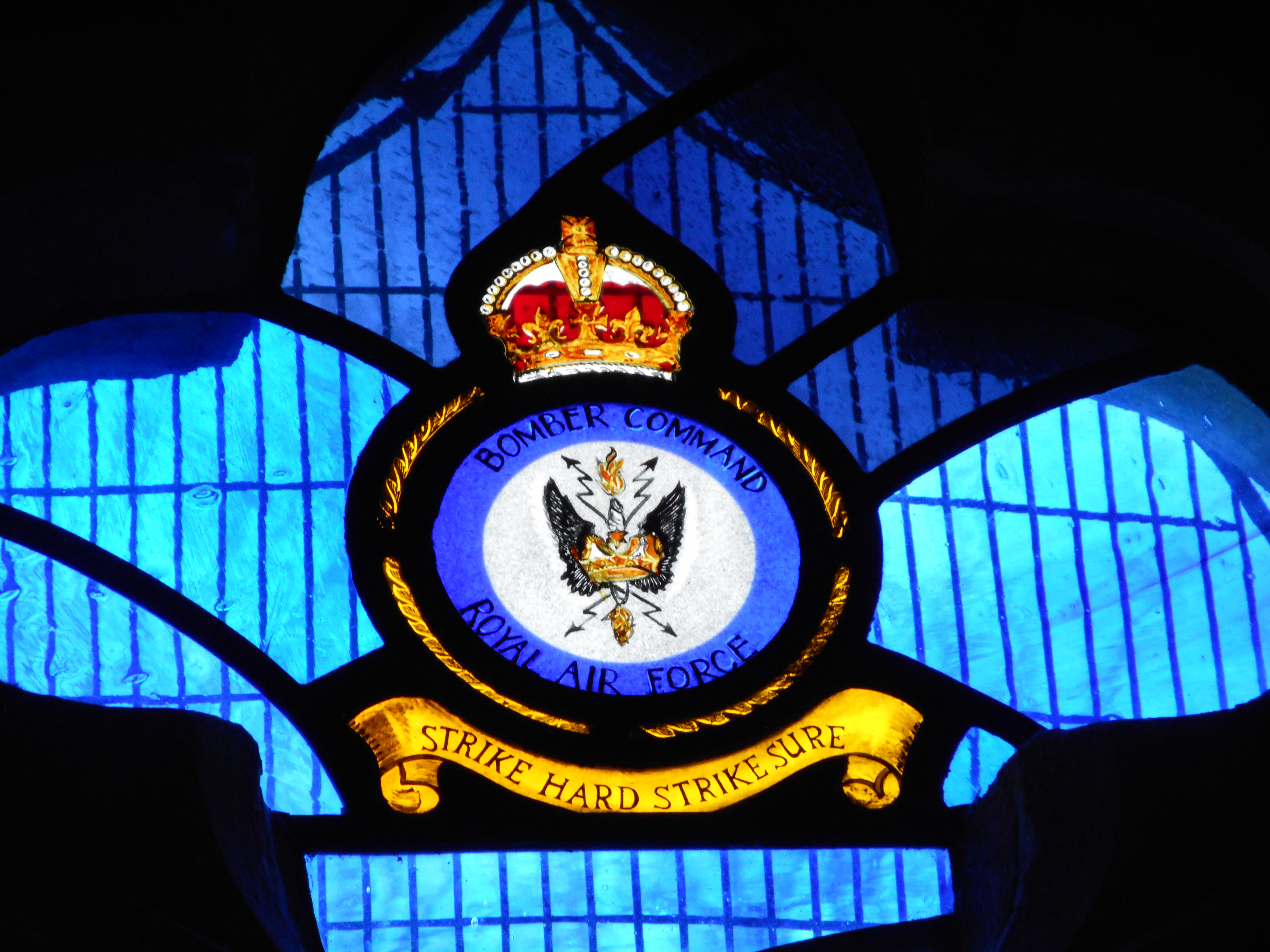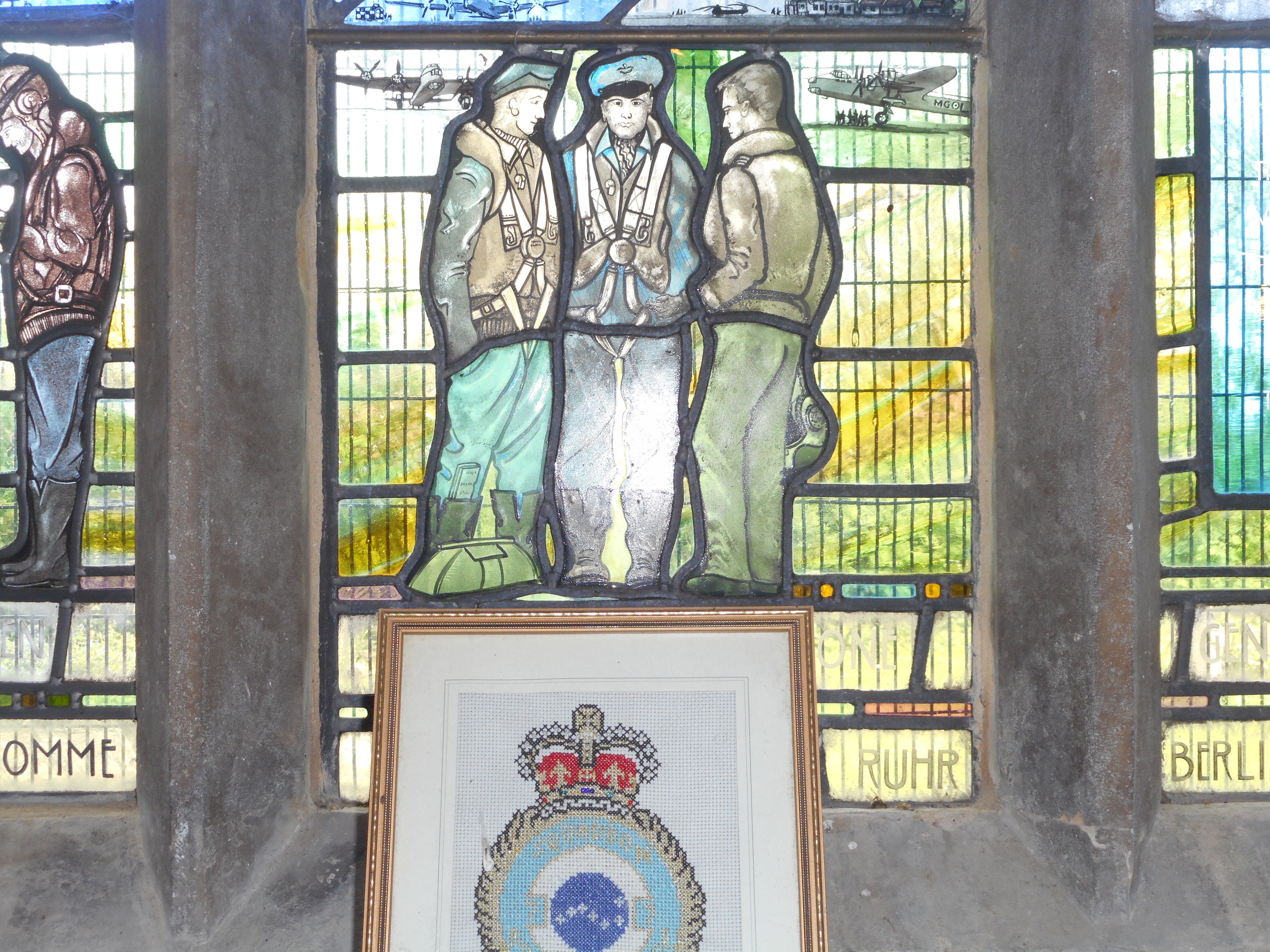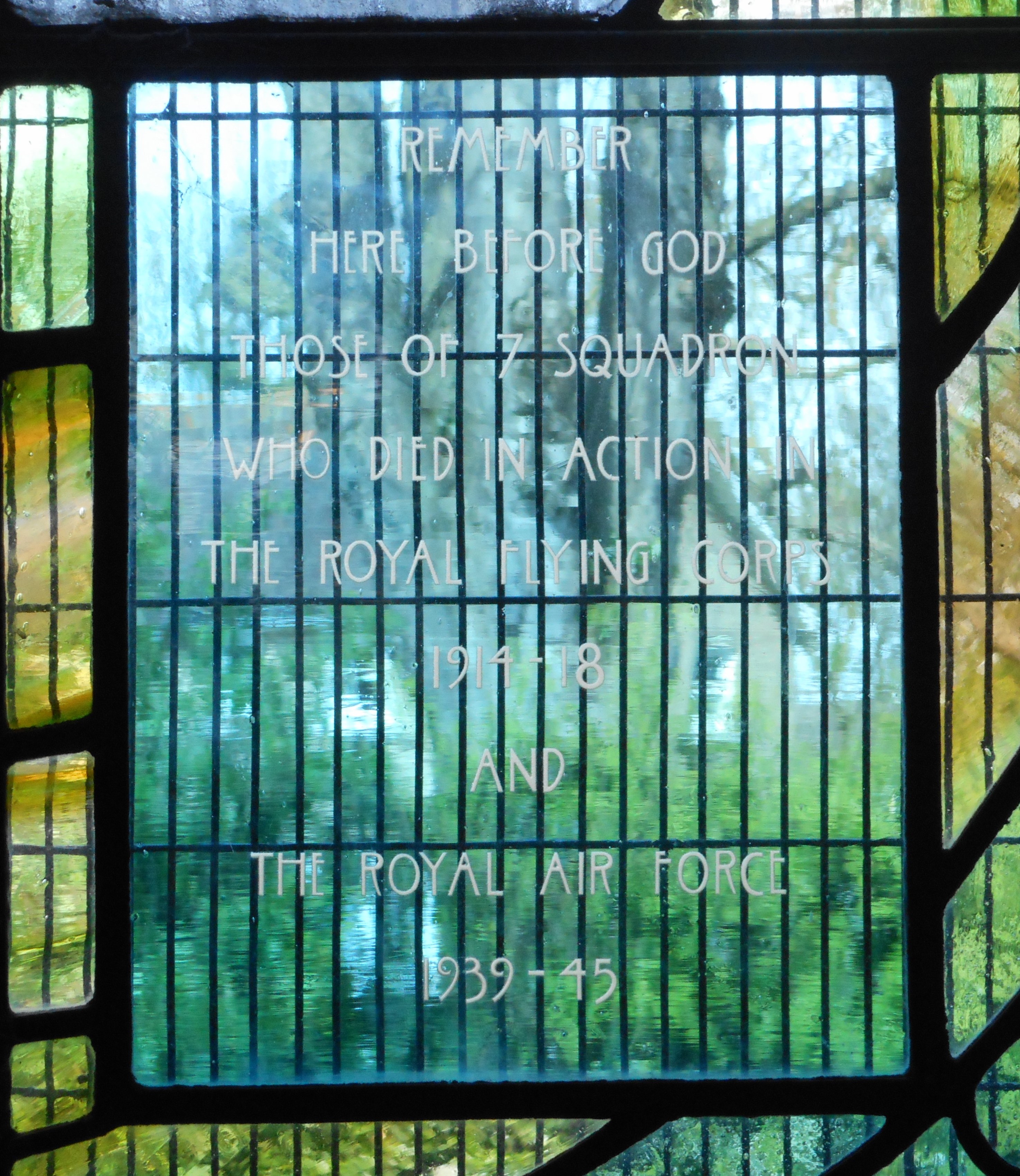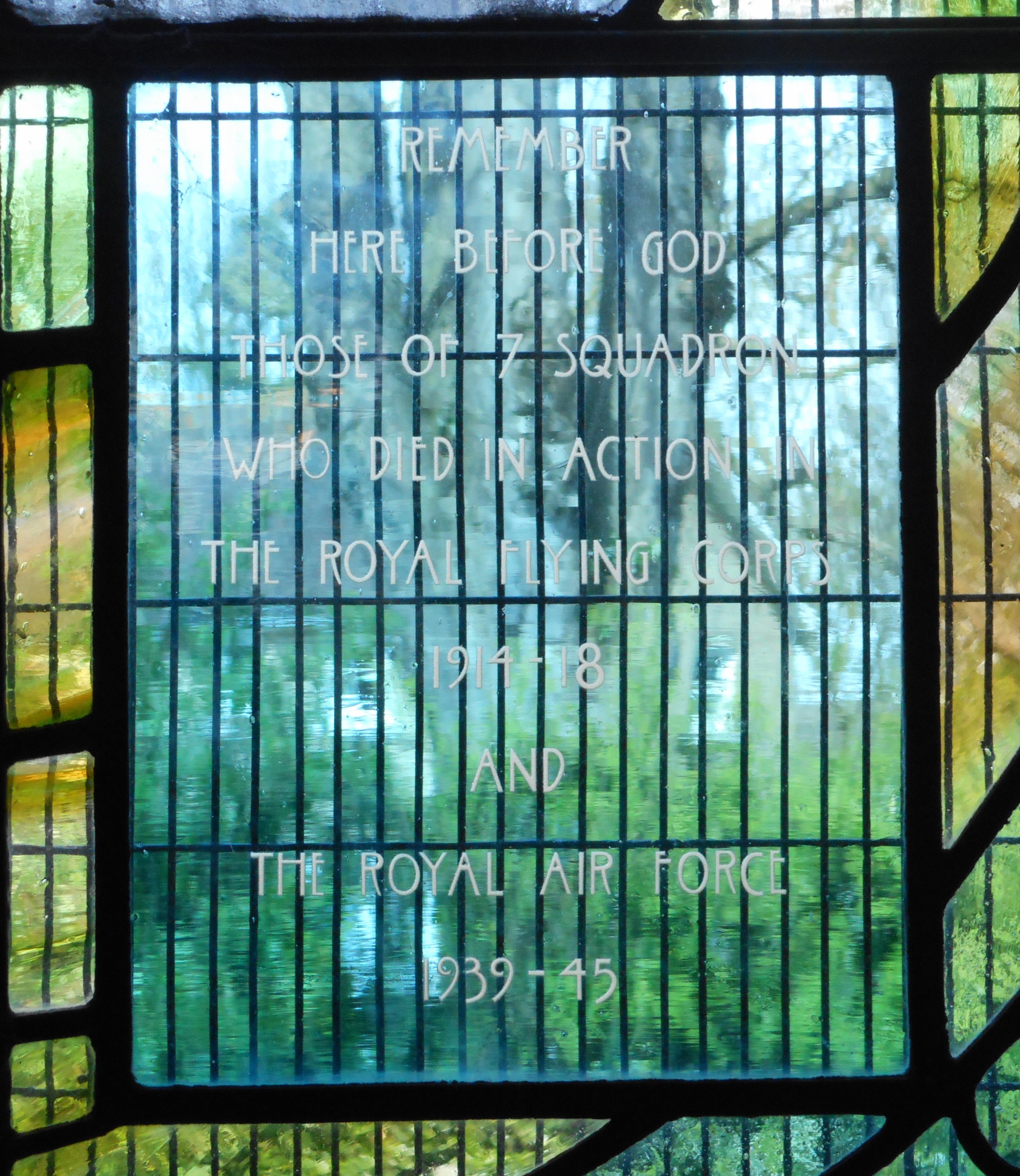Trench, John Patrick
Personal Information
| Rank | F/L |
| Forename(s) | John Patrick |
| Surname | Trench |
| Gender | M |
| Age | |
| Decorations | DSO |
| Date of Death | 08-03-1943 |
| Next of Kin |
Aircraft Information
| Aircraft | Short Stirling I |
| Serial Number | R9270 |
| Markings | MG-T |
Memorial Information
| Burial/Memorial Country | France |
| Burial/Memorial Place | Les Souhesmes Communal Cemetery |
| Grave Reference | Coll. grave 6-7. |
| Epitaph |
IBCC Memorial Information
| Phase | 2 |
| Panel Number | 255 |
Enlistment Information
| Service Number | 68742 |
| Service | Royal Air Force Volunteer Reserve |
| Group | 8 |
| Squadron | 7 |
| Trade | Pilot |
| Country of Origin | United Kingdom |
Other Memorials
| Location | Hilton House Hotel, Hilton, Derbyshire |
| Country | United Kingdom |
| Memorial Type | Blue Plaque on external wall |
| Memorial Text | Air Commodore Herbert Martin Massey CBE DSO MC 1898-1976 Senior British Officer at Stalag Luft III Sagan who authorised 'The Great Escape' was born here. Hilton and Marston History Group |
| Location | All Saints Church, Longstanton, Cambridgeshire |
| Country | United Kingdom |
| Memorial Type | Stained Glass Window and Roll of Honour Book |
| Memorial Text | Remember here before God those of 7 Squadron who died in action in The Royal Flying Corps 1914-18 and The Royal Air Force 1939-45 |
Miscellaneous Information
| One of a highly decorated crew, all lost |
| DSO Citation, London Gazette, 16 October 1942: "Distinguished Service Order. Flying Officer John Patrick TRENCH (68742) Royal Air Force Volunteer Reserve, No. 7 Squadron. Distinguished Flying Cross. Pilot Officer Crofton Lustleigh SELMAN (109922) Royal Air Force Volunteer Reserve, No. 7 Squadron. Distinguished Flying Medal. 986411 Sergeant Ivor John EDWARDS, No. 7 Squadron. One night in September, 1942, Flying Officer Trench, Pilot Officer Selman and Sergeant Edwards were captain, navigator and wireless operator respectively of an aircraft of a bomber force which attacked Dusseldorf. Whilst over the target area, the aircraft was repeatedly hit by anti-aircraft fire. The petrol tanks were pierced, while some oil pipe lines were severed. In spite of this, Flying Officer Trench persisted in his mission and the target was bombed successfully. On the return journey, the aircraft lost height. All moveable equipment, even parachutes, were jettisoned in an effort to maintain height and the North Sea was eventually crossed at between 100 and 200 feet. After crossing the English Coast, the aircraft was force-landed and, on impact with the ground, burst into flames. Flying Officer Trench and Sergeant Edwards were rendered unconscious but Pilot Officer Selman, with complete disregard of danger, extricated his comrades and pulled them clear of the burning aircraft. Throughout, these members of the crew of this aircraft displayed great courage, fortitude and devotion to duty in the face of extremely harassing circumstances". |
Commonwealth War Graves Commission
The National Archives
| Record of Events (Operational Record Book) AIR 27/100/5 |
| Summary of Events (Operational Record Book) AIR 27/100/4 |
Fellow Servicemen
Last Operation Information
| Start Date | 08-03-1943 |
| End Date | 09-03-1943 |
| Takeoff Station | Oakington |
| Day/Night Raid | Night (8% moon) |
| Operation | Nuremburg. 335 aircraft, 8 losses (2.4%) using H2S and visual marking as Nuremburg was out of the range of Oboe. Ground haze prevented accurate marking and as a result the bombing was spread over a wide area, much of it outside the city limits. Much damage of MAN and Siemens factories together with railway installations. |
| Reason for Loss | Crashed SW of Verdun, France |
